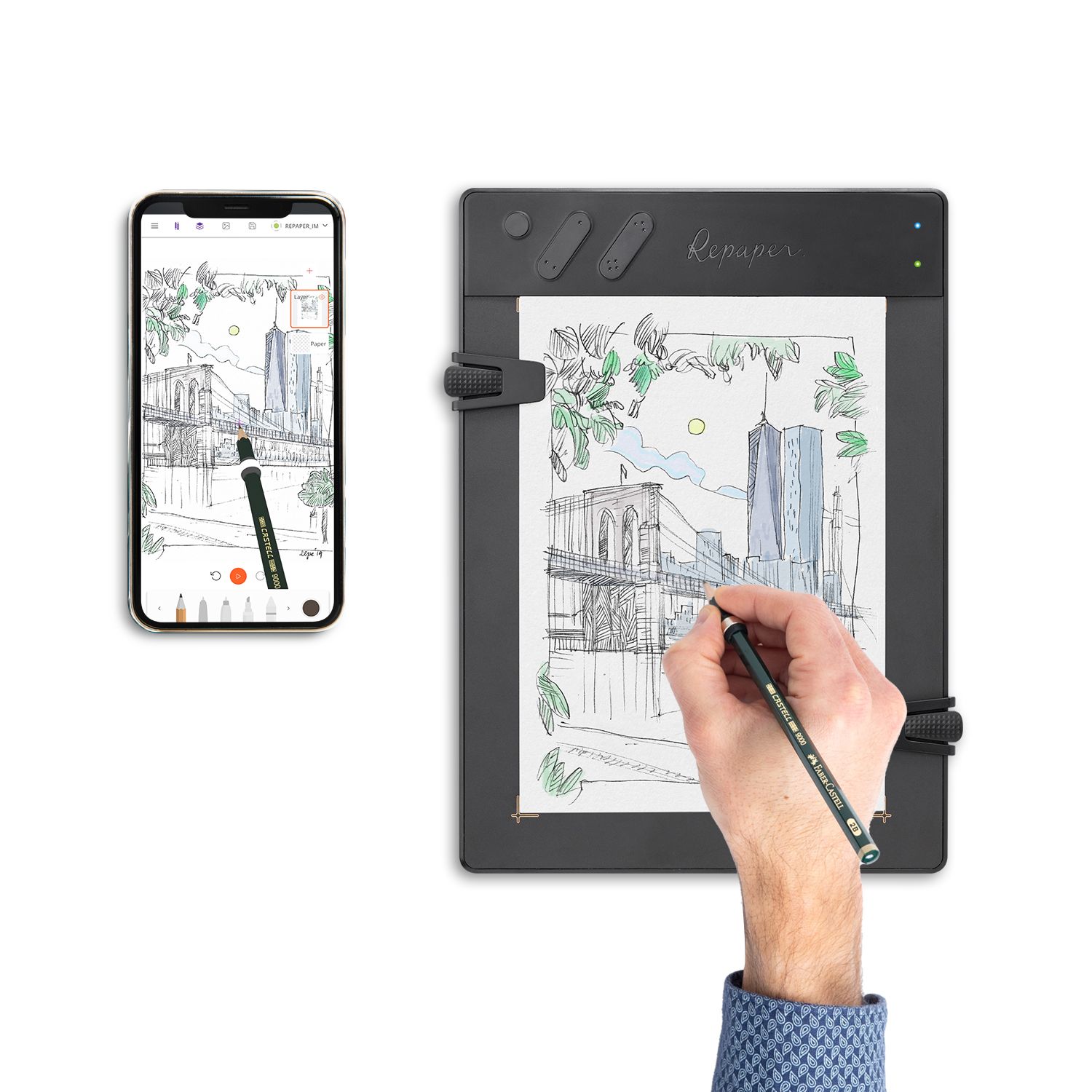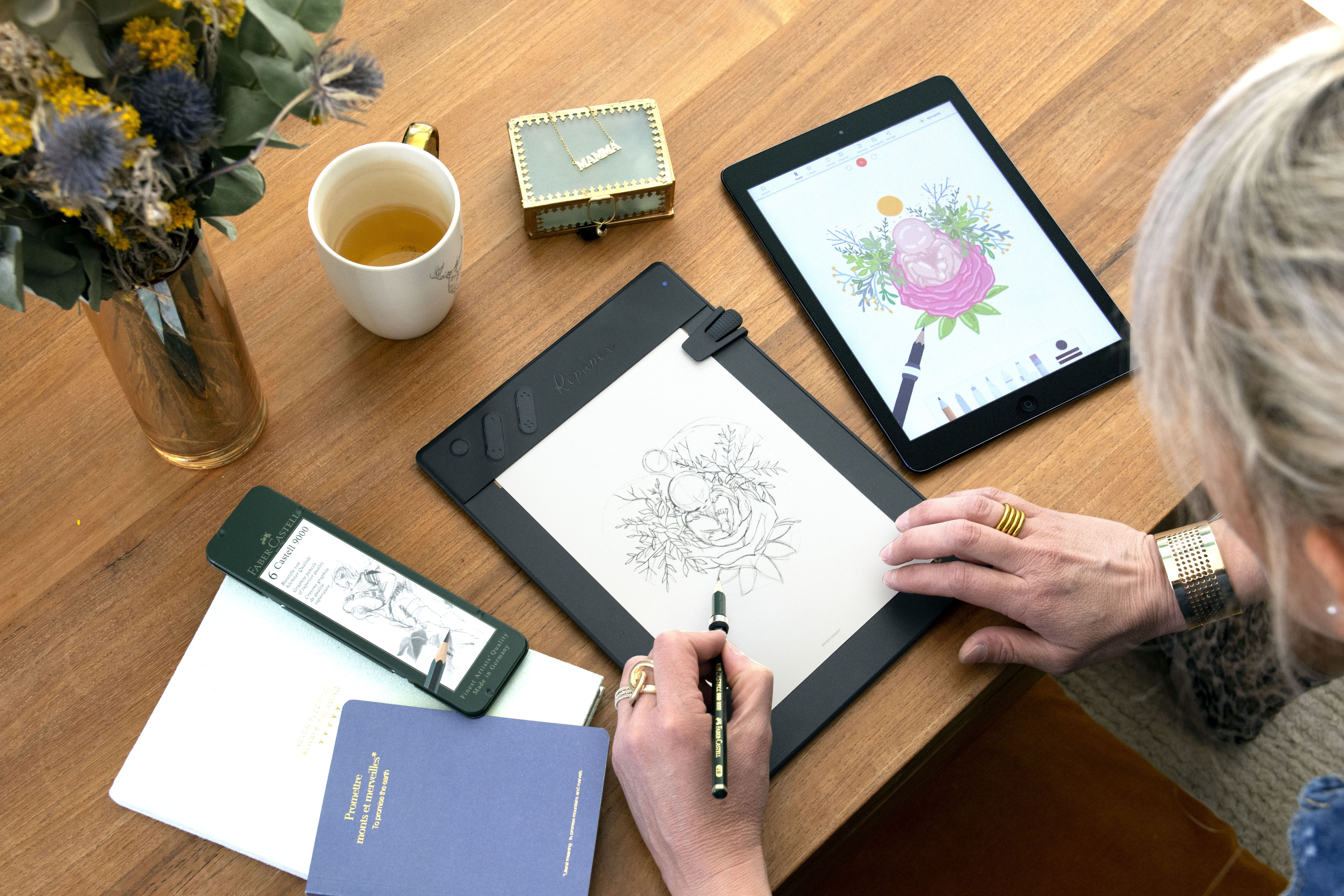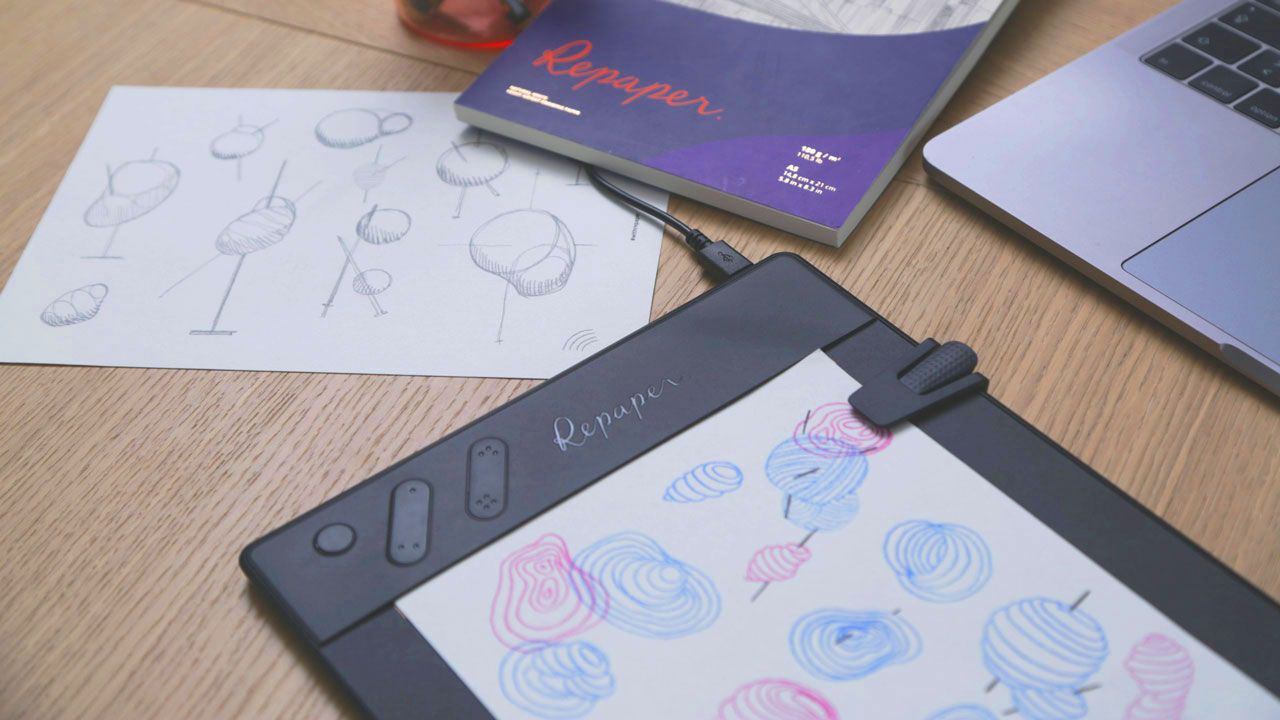
How to become a tattoo artist?
Tattoos are more and more popular among a large public. The profession of tattooist is in fast expansion. To train to become a confirmed tattooist, you have to follow a diverse path, from the most academic, with a diploma from a specialized school, to the most traditional, with an apprenticeship with a tattooist already in the business. We will see here how to specialize in tattooing, and what are the keys to become a recognized tattooist.
What is the job of a tattoo artist?
To make it simple, the tattoo artist is simply the person who will make tattoos. But becoming a tattoo artist is not that easy, and being a good designer is not enough. It is also necessary to have all the necessary skills in several fields to realize beautiful tattoos. The tattoo artist must first of all master his/her equipment perfectly, the use of the needles and the demographer must not have any secret for him/her. He/she must also have a perfect knowledge of pigments, from their use to their rendering on the different skin colors. Also, in order to tattoo their customers in the best way, tattoo artists must have no gaps in the art of tattooing. This requires drawing skills, but also a perfect knowledge of the different styles of tattoos and anatomy so that the tattoo adapts to the natural movements of the different parts of the body. Some tattoo salons also offer to do piercings, an activity that requires more and more versatility for the tattoo artist. Finally, in order to work in a tattoo salon, knowing the hygiene and security measures is an obligation, getting a tattoo implies draconian sanitary conditions, in order to avoid infections and accidents.


The profession of the tattooist, a dazzling evolution.
An important evolution of customs.
The vision of tattooing in France has undergone a great evolution through time. If being a tattooist, or even more so a tattoo artist, was a very unusual thing just a few years ago, this profession has been greatly democratized, in parallel with the growing number of tattooed people. Indeed, in the West, tattooing started to take back its letters of nobility at the end of the XVIIIth century, but, this one is still being seen as the mark of the thugs of any kind by a big part of the society, it is only towards the end of the 80s, and during the 2000s that getting tattooed has been more and more tolerated by the population. The number of tattoo artists has exploded, and opening a tattoo shop has become a real professional project. There is even today a national union of tattoo artists, which shows the professionalization of the business. The tattoo artists also meet frequently in numerous shows, more and more crowded, like the World Tattoo Show, the biggest showcase for this so specific professional sector.
An equipment in constant progress.
The evolution of technologies also allowed the development of the profession of the tattooist. The tattoo machine, or demographer, as well as modern piercing tools, made more accessible the possibility of making a tattoo or a piercing, these last ones requiring a more simple technique than rudimentary ancestral methods. The inks and products of tattooing also allowed the democratization of permanent body inscriptions and also offering an accelerated cicatrization and more precise finishes. If we add to this the accessibility to the sterilization of the equipment, which increased the security and the hygiene of tattoos in a non-negligible way, it thus allowed the development of this practice to the whole population, whatever their social belonging. Beyond the tattooing material, we can also note that the evolution of tools to learn drawing, opened the way to many tattooers, by facilitating their practice of graphic arts. We think in particular of graphic tablets which allowed a whole generation of tattooers to draw more easily, thanks to the use of drawing software, and by using numerous models gleaned on the Internet. The rise of graphic tablets has notably allowed using the layers provided by software, to access many options to improve one's sketches quickly, and to work on one's tattoo drawings, directly on photos of different parts of the body. Drawing inspiration from the outside world also keeps creativity high, and graphic tablets offering to link the advantages of paper with those of digital, such as the Repaper tablet by ISKN, allow tattoo artists to sketch what inspires them, with great ease. They can draw what they see, with the comfort of a sketchbook, save their sketches in the tablet's internal memory, and rework them digitally, thanks to the tablet function, just like any other graphic tablet without a screen. The technology has thus evolved to the service of tattoo artists, facilitating their work, and opening the way to many professionals in the making.

How to become a tattoo artist?
Whether it is a long-planned career or a professional transition, there is no compulsory training to become a tattoo artist, except if you wish to open your own tattoo studio, in which case you will have to follow a hygiene and health training, given by an approved organization. The offer of courses allowing to specialize in the art of tattooing is limited, and to become a tattooist by the way of diploma courses, leading to a state diploma of a French school having official recognition, can be a real battle path. Integrating this training path allows one to acquire high skills, thanks to the lessons given by qualified trainers, but it remains difficult, demand being greatly superior to the offer of training. That's why most of the professional tattoo artists go through a continuous training, in apprenticeship in a tattoo store. To improve with confirmed tattooers allows each self-taught apprentice, to practice in order to obtain a certification thanks to the advice of his/her tutor, as well as a professional qualification adapted to exercise his/her future job. In order to complete this course and be accepted by a reputable tattoo shop, it is necessary to demonstrate a great aptitude for drawing and to present an already substantial and attractive portfolio (or book). Having already followed short courses, a BTS, a professional license or a master in graphic design, art history, or any other discipline related to drawing and art, allows you to significantly increase your chances of integrating a prestigious studio, which will provide the skills and the reputation necessary to exercise your job in the best conditions.

Some tips to succeed in the world of tattooing.
Get serious about hygiene.
Observing hygiene measures is an obligation for every person who performs tattoos. You hold the safety of your clients in your hands, and tattooing or piercing with the required hygiene standards is your responsibility. That's why when you own a tattoo or piercing shop, using sterile and single-use equipment is an obligation. It is out of the question to work with a needle already used, you would put the safety of your customer in danger. Following a training leading to a certificate of hygiene training, is thus essential before carrying out any work involving a body change on others. This will teach you the basics, the working methods, but also the risks incurred if you do not respect them.
Provide after-sales service.
A good tattoo artist does not only realize the tattoo. He also organizes a follow-up of the tattooed person, in order to check the evolution of his/her tattoo and the potential touch-ups to be done. Having a tattoo is not trivial, and this client relationship is essential, especially for a first tattoo, someone who will need the advice of his or her tattoo artist to ensure a good healing and a good final result. From the antiseptic and protective creams to the retouching, including the exchange phase to reassure his/her client, the tattoo artist also has a relational and advisory work to do, until the healing of his/her work is finished.

Draw again and again.
To achieve quality tattoos, you will have to improve your style, work on it, and this, throughout your life. To do this, there is only one way: draw more and more. Never go out without your graphic tablet, ideally, one that allows you to use paper to work without a computer, like a sketchbook, and be able to rework your sketch digitally when you get home, like the Repaper by ISKN, and sketch whatever inspires you. Maybe you will be able to create drawings that you will be able to offer as flash tattoos (unique tattoos, created by the tattooist, and non-modifiable by the client), or to embellish your portfolio to join a recognized tattoo shop
Find your own style…
In order to attract a loyal clientele, and to establish a reputation beyond your neighborhood, it is important to master a style and have your own touch, differentiating yourself from other tattoo artists. Artistic tattoo, realism, Maori, ornamental, Polynesian, tribal, engraving or even geometric or Japanese tattoos, the choice is not scarce. Specializing in a style, while adding your own personality, will attract a specific clientele who will only come to you.

...But remain versatile.
Having your own style is important, but it is equally important to master other tattoo styles. An independent tattooist must be able to answer all the requests of his/her customers, and even if his/her customers will be mainly attracted by his/her favorite style, some will come for a completely different style of tattooing, and you will have to be able to satisfy their expectations. The same goes for a tattoo artist who works in a salon with several tattoo artists, each specialized in a particular style. You must be able to replace a colleague who is absent, or who has no more room in his or her schedule to take on new clients. Versatility will also be your strength but don't start tattooing a technical design, like a realistic work, or a graphic tattoo, among others, if you don't master the codes at all. It will only hurt your reputation, and refusing to do a tattoo you don't master is sometimes the best option.
Be curious.
In order to stay creative, keep an open mind on culture, arts, nature, etc. This will allow you not to lose inspiration, as the number of tattoo requests increases, and to realize unique works for each assignment requiring constant creativity. Going out and seeing exhibitions, landscapes, fauna and flora, but also the work of other tattoo artists will be a constant source of inspiration for you.
Conclusion.
As we have seen, becoming a tattoo artist is first of all a question of determination. Conventional trainings are seldom, and it is normal to go through continuous training, with an experienced tattooist. However, this option requires a convincing portfolio, in order to get a chance in the best tattoo shops and to get the best training and the best reputation to practice afterwards. Showing a boundless curiosity, drawing more and more with modern tools, working on your style, and learning the different types of tattoos, as well as the specificities of accessories and tools allowing you to realize your body works, will allow you to quickly acquire a faithful clientele and a reputation beyond the borders.


Discover more
How to draw a character?
Learning how to draw a character is something that may seem obvious, but beginners are often faced with a disappointing result when they start not to copy a model, but to make their own creation.
Embark on Your Design Journey: Learn How to Become a Designer
Designing tomorrow's products, making drawing and creativity your profession, the designer profession is a dream for many creative people and hobbyist designers.
How to become an illustrator?
Working in the field of illustration is a dream for many enthusiasts. If the artistic part found in the job of a comic book or manga artist, or the illustration, are the first thing you think of when you talk about making drawing your job, there are many choices you can make for your career.
Newsletter
Keep up to date with iskn news and events
Free standard delivery
for purchase over $80
30-day returns
on all products
Secure payment
with Stripe & PayPal
Pay in 4
with PayPal
Customer service
chat with us


